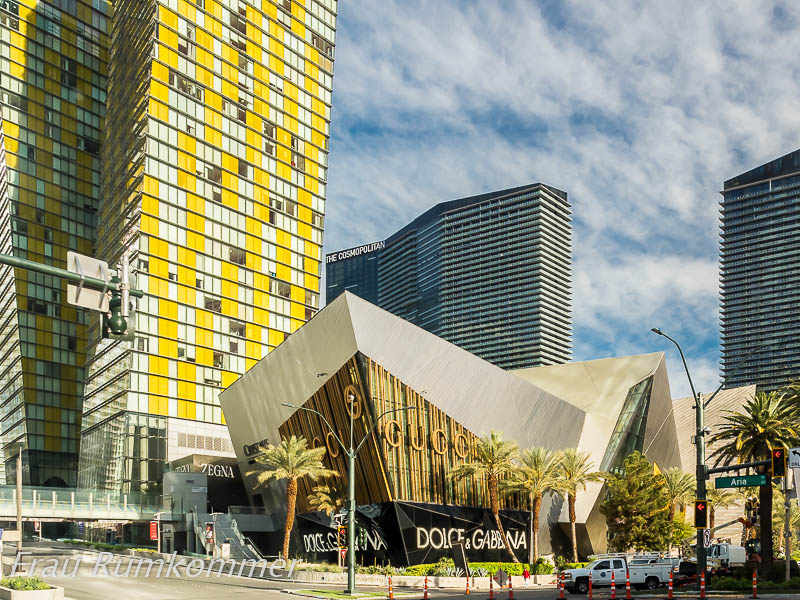Las Vegas

Die größte Stadt im US-Bundesstaat Nevada ist nicht seine Hauptstadt aber vermutlich die Welthauptstadt des Glücksspiels und der Unterhaltung. Luxuriöse Hotelkomplexe mit großen Casinos, Shows, Konzerten und sonstigen Freizeitangeboten konzentrieren sich im Zentrum, insbesondere am „Strip“. Wedding Chapels, in denen wegen besonderer Gesetze zur Eheschließung in Nevada sehr schnell und unkompliziert geheiratet werden kann, stehen am nördlichen Ende der Straße.
The largest city in the US state of Nevada is not its capital, but is probably the world capital of gambling and entertainment. Luxurious hotel complexes with large casinos, shows, concerts and other leisure activities are concentrated in the city centre, especially on the Strip. Wedding chapels, where marriages can take place very quickly and easily due to special marriage laws in Nevada, are located at the northern end of the street.

.
.

.
.

.
.

.
.

.
.

.
.

.
.

.
.

.
.

.
.

.
.

.
.

.
.

.
.

.
.

.
.

.
.

.
.

.
.

.
.

.
.

.
.

.
.

.
.

.
.

.
.

.
.

.
.

.
.

.
.

.
.

.
.

.
.

.
.

.
.

.
.

.
.

.
.

.
.

.
.

.
.

.
.

.
.

.
.

.
.

.
.

.